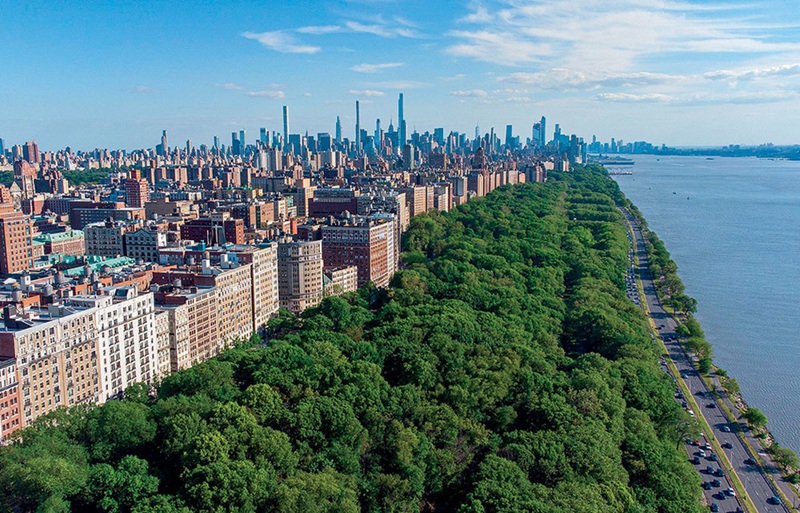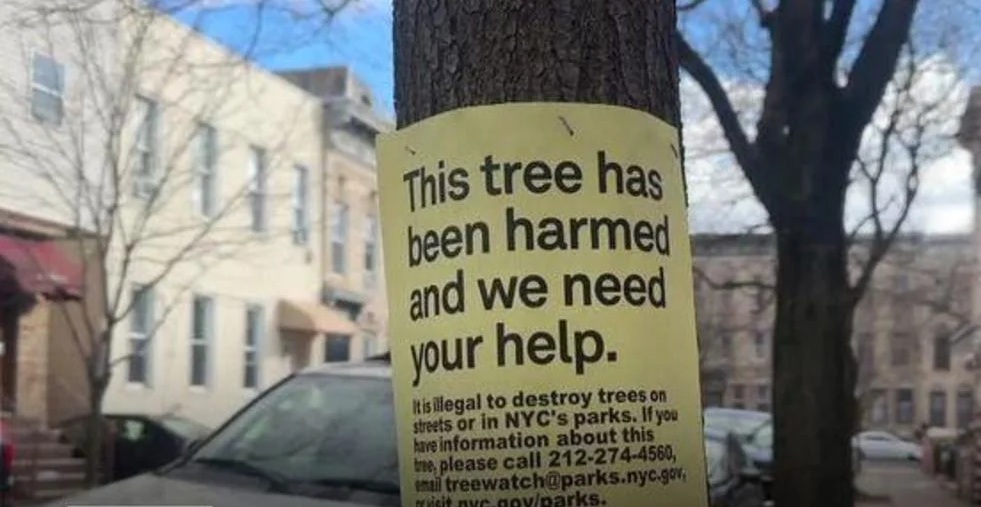
New York City, a global metropolis of towering skyscrapers, bustling streets, and diverse cultures, is also home to a unique and complex natural environment. From its expansive parks and urban forests to its surrounding waterways and coastlines, the environment in New York is an ever-evolving blend of urban development and natural beauty. Yet, as the city faces growing environmental challenges, it is also leading the way in innovative approaches to sustainability, green infrastructure, and climate resilience.
Urban Green Spaces: A Vital Resource
One of New York City’s most valuable environmental assets is its abundance of green spaces. Despite being one of the most densely populated urban areas in the world, the city has preserved and developed an impressive network of parks, gardens, and tree-lined streets. These spaces, including the world-famous Central Park, Prospect Park, Flushing Meadows-Corona Park, and High Line, play an essential role in maintaining the city’s environmental health.
- Air Quality Improvement: Trees and plants in urban parks help mitigate air pollution by absorbing carbon dioxide and other harmful pollutants, while also releasing oxygen.
- Heat Island Mitigation: Green spaces help reduce the urban heat island effect, where built-up areas become significantly hotter than surrounding rural areas due to human activity and the heat-retaining nature of concrete and asphalt.
- Biodiversity: These parks and green areas provide crucial habitats for birds, insects, and other wildlife, helping to maintain biodiversity in an otherwise highly urbanized environment.
However, despite these benefits, maintaining these green spaces in the face of urbanization remains a challenge. Many of the city’s trees and plants are threatened by pollution, invasive species, and climate change. The New York City Department of Parks and Recreation has implemented various initiatives to protect and expand these green spaces, including tree planting programs and the development of sustainable park management practices.
Climate Change and Rising Sea Levels
New York is one of the cities most vulnerable to the impacts of climate change. Rising sea levels, increased frequency and intensity of storms, and extreme weather events such as heatwaves and flooding are pressing issues for city planners and residents alike.
- Flooding Risks: Coastal neighborhoods, particularly in Lower Manhattan, Red Hook, and the Rockaways, are at heightened risk of flooding due to both rising sea levels and more severe storms. In 2012, Hurricane Sandy devastated large parts of the city, causing widespread flooding, power outages, and damage to infrastructure. The storm underscored the need for greater investment in climate resilience measures.
- Heatwaves: With average temperatures rising, heatwaves are becoming more frequent in the city. Urban areas, with their dense infrastructure and lack of natural cooling mechanisms, tend to absorb and retain more heat. In 2020, a heatwave hit New York with record-breaking temperatures, leading to increased energy consumption, public health risks, and a strain on the city’s power grid.
- Green Infrastructure for Climate Resilience: In response, New York City has invested in various climate adaptation and mitigation strategies, from building sea walls and flood barriers to creating green roofs and rain gardens. These natural solutions help absorb excess rainwater, reduce heat, and protect against flooding, all while improving the overall quality of life for city residents.
The city has also developed ambitious plans to reduce greenhouse gas emissions and achieve carbon neutrality by 2050. Through programs like OneNYC, New York City aims to lower its carbon footprint through energy-efficient buildings, cleaner transportation options, and the expansion of renewable energy sources.
Waste Management and Recycling Initiatives
Waste management in New York City is an ongoing environmental challenge due to the sheer volume of waste generated by its 8 million residents. While New Yorkers are accustomed to the large-scale operations of waste collection, the environmental impact of landfills, waste incineration, and the overuse of plastic is a growing concern.
In recent years, New York has taken several steps to improve waste reduction, recycling, and composting efforts:
- Zero Waste Initiative: The city’s goal to send zero waste to landfills by 2030 has spurred the expansion of composting programs and the recycling of organic waste. Various community initiatives have emerged, encouraging local residents to separate organic materials from general trash, and composting bins are being distributed in several neighborhoods.
- Plastic Waste Reduction: In 2020, New York City implemented a ban on single-use plastic bags, which has helped reduce plastic waste by encouraging the use of reusable bags. Additionally, New York’s city council has been pushing for policies to reduce single-use plastics and promote alternatives, such as biodegradable materials.
- Electronic Waste: As the city’s tech industry grows, electronic waste (e-waste) has become a growing environmental issue. New York has taken steps to address this by offering e-waste collection events and providing information on how to properly dispose of electronics to minimize harmful chemicals entering the environment.
Despite these efforts, there is still significant room for improvement. Many residents continue to struggle with confusion about what can be recycled or composted, and New York City’s waste-to-energy infrastructure remains under pressure as the population continues to grow.
Sustainable Transportation: A Step Toward Reduced Emissions
New York City is leading the way in sustainable transportation initiatives, as it seeks to reduce its carbon footprint and encourage a greener, more efficient public transit system. Public transportation plays a critical role in reducing the number of vehicles on the road and limiting the city’s overall emissions.
- Subway and Bus Systems: With one of the largest and most extensive subway systems in the world, New York offers a reliable alternative to driving. The city has made strides in modernizing the subway system, such as introducing electric buses and striving to make public transportation more accessible and affordable.
- Bicycle Infrastructure: In recent years, the city has dramatically expanded its bicycle lanes and bike-sharing programs. Citi Bike, the city’s bike-sharing program, has seen substantial growth, helping New Yorkers choose cycling as a sustainable alternative to cars. The development of protected bike lanes has made cycling safer and more appealing for commuters and residents.
- Electric Vehicles (EVs): New York City has invested in the expansion of EV infrastructure, including charging stations, and offers incentives for residents to purchase electric vehicles. As part of its broader goal to reduce emissions from transportation, the city aims to make all of its municipal vehicle fleet electric by 2040.
Protecting Biodiversity and Wildlife
While New York is often viewed as a concrete jungle, it is home to a surprising array of wildlife, from migratory birds to marine species in the Hudson River and New York Harbor. Protecting biodiversity has become an essential part of the city’s environmental agenda.
The Wildlife Conservation Society and other local environmental organizations have worked to preserve habitats for both terrestrial and aquatic species. Projects such as the restoration of the New York Harbor and the protection of marshlands and beaches have contributed to improving conditions for species like oysters, bluefish, and bald eagles.
Conclusion: The Road Ahead for New York’s Environment
New York City stands at a crossroads in terms of its environmental future. The challenges it faces—rising sea levels, pollution, waste management, and the impacts of climate change—are significant. However, the city’s commitment to sustainability and climate resilience, driven by innovative green policies and community action, provides hope for a more sustainable and equitable future.
As New Yorkers continue to navigate the complexities of urban life, the city’s environmental efforts will require a collective commitment from residents, businesses, and government agencies. By embracing sustainability, protecting green spaces, and prioritizing climate action, New York City can remain a vibrant, thriving metropolis for generations to come.
